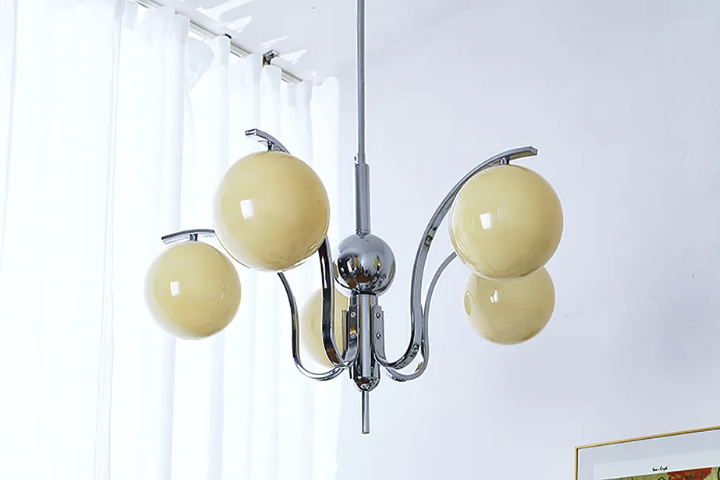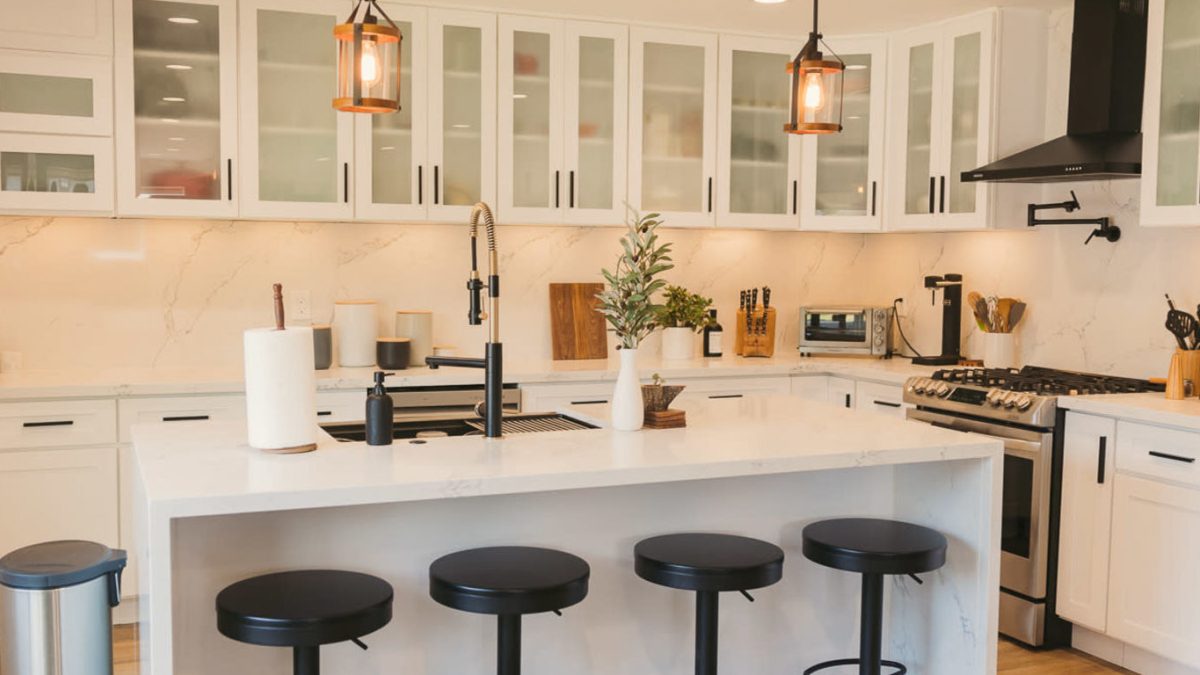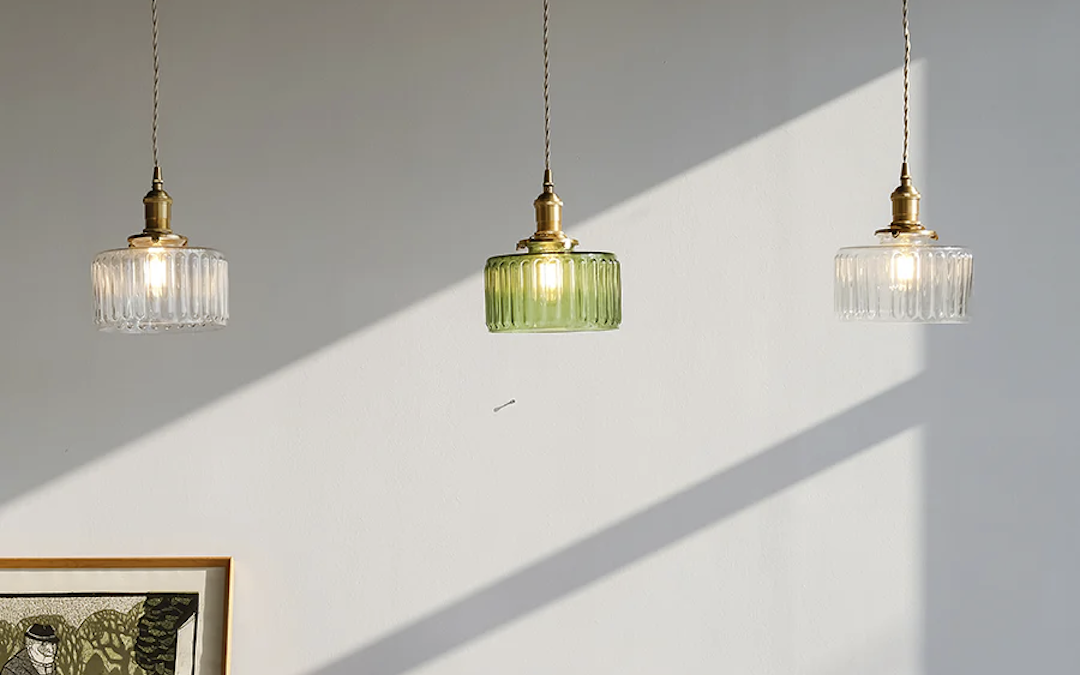Wabi Sabi Kitchens: Embracing Imperfection and Simplicity in Your Home
What is Wabi Sabi?
Wabi Sabi Concept
Wabi Sabi is a Japanese aesthetic philosophy that is centered around imperfection and simplicity, finding beauty in the natural cycles of growth and decay.
Wabi Sabi embraces the idea of living in the moment and finding contentment in the present, rather than striving for perfection or yearning for something else. It encourages us to appreciate the beauty in the mundane and to find joy in the imperfections that make our lives unique.
Wabi Sabi Kitchens
Wabi Sabi can be applied to all areas of life, including the kitchen. A Wabi Sabi kitchen is one that is simple, functional, and uncluttered, with a focus on natural materials and organic forms.
It is a space that is designed to feel comfortable, welcoming, and lived in, with imperfections celebrated rather than hidden. A Wabi Sabi kitchen encourages us to slow down, appreciate the beauty in the everyday, and find contentment in the simplicity of our lives.
Designing a Wabi Sabi Kitchen
Materials and Colors
When designing a Wabi Sabi kitchen, it is important to choose materials that are natural and organic, such as wood, stone, and clay. These materials are rich in texture and imperfections, which adds to the beauty of the space.
Neutral colors such as beige, gray, and white are common in Wabi Sabi kitchens, as they create a peaceful and calming atmosphere. Earthy tones such as brown and green can also add warmth and depth to the space.
Simplicity and Functionality
A Wabi Sabi kitchen should be simple and functional, with a focus on what is essential. Kitchens are typically the busiest room in the house, so it is important to keep the space uncluttered and easy to navigate.
Open shelving is a popular choice in Wabi Sabi kitchens, as it allows for easy access to dishes and cookware while also adding to the overall aesthetic of the space. Kitchen tools and appliances should be kept to a minimum, with a focus on multi-functional items that can serve multiple purposes.
Imperfection and Texture
One of the key principles of Wabi Sabi is finding beauty in imperfection. In a Wabi Sabi kitchen, this can be achieved through the use of natural textures and materials.
Aged or distressed woods add character and warmth to the space, while rough or uneven surfaces such as raw stone or concrete can create an interesting contrast against smooth surfaces like countertops or backsplashes.
The Benefits of a Wabi Sabi Kitchen
There are many benefits to designing a Wabi Sabi kitchen. These include:
Reducing Stress
A cluttered and disorganized kitchen can lead to feelings of stress and anxiety. A Wabi Sabi kitchen, on the other hand, is designed to be peaceful and calming, with a focus on simplicity and functionality.
Encouraging Mindfulness
Wabi Sabi encourages us to live in the moment and find contentment in the present. A Wabi Sabi kitchen can help to encourage mindfulness, bringing attention to the simple joys of cooking and dining.
Creating a Cozy and Comfortable Environment
A Wabi Sabi kitchen is designed to feel cozy and comfortable, with natural textures and warm, earthy tones. It is a space that feels welcoming and lived-in, encouraging us to gather with family and friends.
Conclusion
Designing a Wabi Sabi kitchen is about creating a space that embraces imperfection and simplicity, finding beauty in the natural cycles of growth and decay. It is a space that is designed to feel comfortable and lived-in, encouraging us to slow down, appreciate the beauty in the everyday, and find contentment in the simplicity of our lives.



